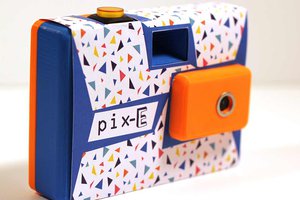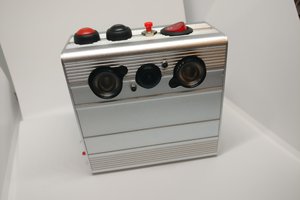The project uses a highly modified version of the existing pi camera ROS node. The node was modified to publish bot a RAW grayscale image and a JPEG encoded image. This allow to use the RAW image for local processing and to publish the JPEG image to a ROS node connected to the WIFI network of the raspberry-pi with very low cpu-usage (the JPEG encoding is managed by the PI3 image processing pipeline).
Pi-ADAS
A raspberry-pi based platform for the capture of road data-set and the development of vision-based ADAS functions
 piat.jonathan
piat.jonathan


 nick.r.brewer
nick.r.brewer

 facelessloser
facelessloser
 Smeef
Smeef